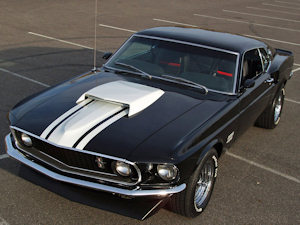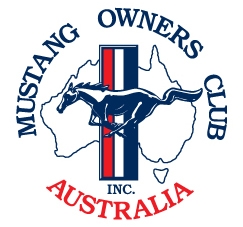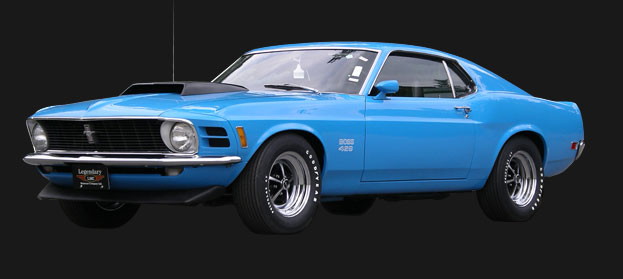History
The Boss 429 is arguably one of the rarest and most valued muscle cars to date. In total there were 858 original Boss 429s made. The origin of the Boss 429 comes about as a result of NASCAR.
Ford was seeking to develop a Hemi engine that could compete with the famed 426 Hemi from Chrysler in NASCAR’s Sprint Cup Series (then known as “Grand National Division”). NASCAR’s homologation rules required that at least 500 cars be fitted with this motor and sold to the general public. After much consideration, it was decided by Ford that the Mustang would be the car that would house this new engine.
The Boss 429 engine was derived from the Ford 385 engine. The Mustang’s body however was not wide enough to encompass the massive Boss 429 engine and as a result, Ford hired Kar Kraft out of Dearborn, MI to modify existing 428 Cobra Jet Mach 1 Mustangs to properly fit the new Boss 429 engine. Kar Kraft was contracted by Ford to create the Boss 429, because Ford was stretching itself thin across a number of projects. Kar Kraft at the time was in the process of creating the Trans-Am Boss 302. Production on the Boss 429 began in 1968 in Brighton, Michigan at Kar-Kraft’s factory; the cars were transported to this plant directly from the auto maker’s plant and the work began. Kar Kraft made extensive modifications to the Mustang, including widening the shock towers and extended out the inner fenders to allow this massive engine to fit. The mounts for the front suspension were chopped and displaced to create room for the block and exhaust manifolds. Next the battery was repositioned to the trunk and a stiff sway bar was added to rear end. In addition, a hole was cut in the hood and a manual controlled hood scoop was added to these cars. These cars were rated conservatively at 375 hp (280 kW) and 450 lb·ft (610 N·m) of torque. Actual output was well over 500 horsepower (370 kW). The manufacturers and dealers only listed 375 hp (280 kW) because of legal issues and rising insurance costs.
 Both model years featured a toned down exterior, as compared to other Mustangs of the era (see Boss 351, Boss 302, Mach 1), in that the only external identification of the car were the Boss 429 decals on the front fenders, aft of the front tires. The rest of the car featured a very clean look that was atypical of most Mustangs that Ford had produced.
Both model years featured a toned down exterior, as compared to other Mustangs of the era (see Boss 351, Boss 302, Mach 1), in that the only external identification of the car were the Boss 429 decals on the front fenders, aft of the front tires. The rest of the car featured a very clean look that was atypical of most Mustangs that Ford had produced.
To show just how special these cars were, they were given special Nascar identification that was placed on the driver’s side door. Each car was given a “KK” number which stood for Kar Kraft. KK #1201 was the first Boss 429 and KK #2558 was the last Boss 429 made.
Unfortunately sales started to drop off for the 1970 Boss 429 Mustangs and with higher production costs, gas costs, and other internal Ford problems, it was decided that 1970 would be the last year of the Boss 429.
In present day, these cars are highly sought after. As of 2008, auctions on eBay and at Barrett-Jackson have brought bids of over $350,000.
In 1969 there were 859 Boss 429s made by Ford Motor Company. 2 of which were Cougars for Lincoln/Mercury Race Division. There were five different colors available in 1969 (Raven Black, Wimbledon White, Royal Maroon, Candyapple Red, and Black Jade) and the only color for the interior was black. The hood scoop was the same color as the car. All these cars were a manual transmission and there was no air conditioning available due to the size of the engine.
In 1970 there were 499 Boss 429s made by Ford Motor Company. There were five new exterior colors (Grabber Orange, Grabber Green, Grabber Blue, Calypso Coral, and Pastel Blue) and the interior was available in Black or White & Black. The hood scoops for this year were all painted matte black regardless of the color of the car. These cars also had a manual transmission and no AC was available. The Hurst Shifter was also standard equipment for this year.
Information from Wikipedia http://en.wikipedia.org/wiki/Boss_429

